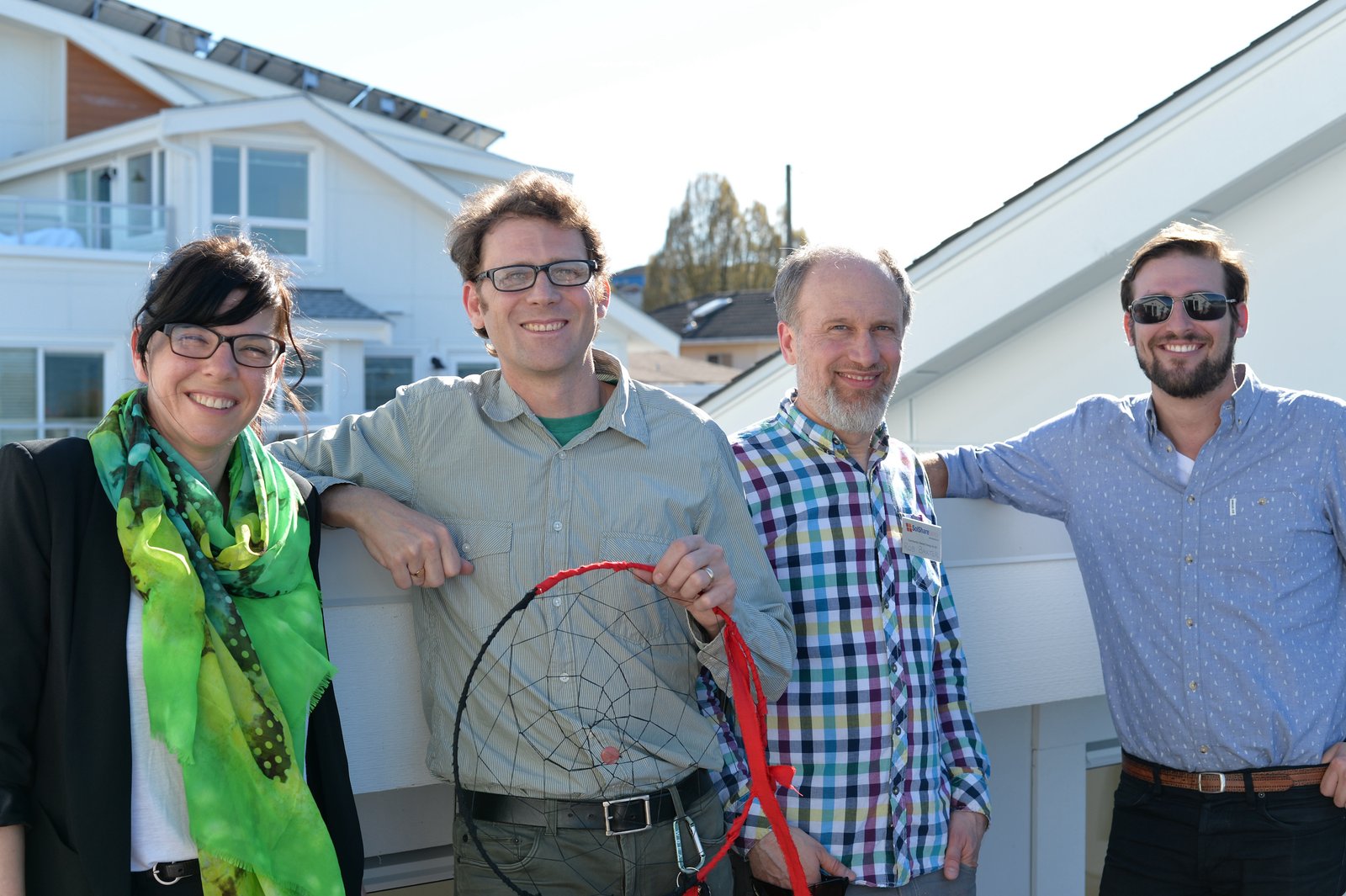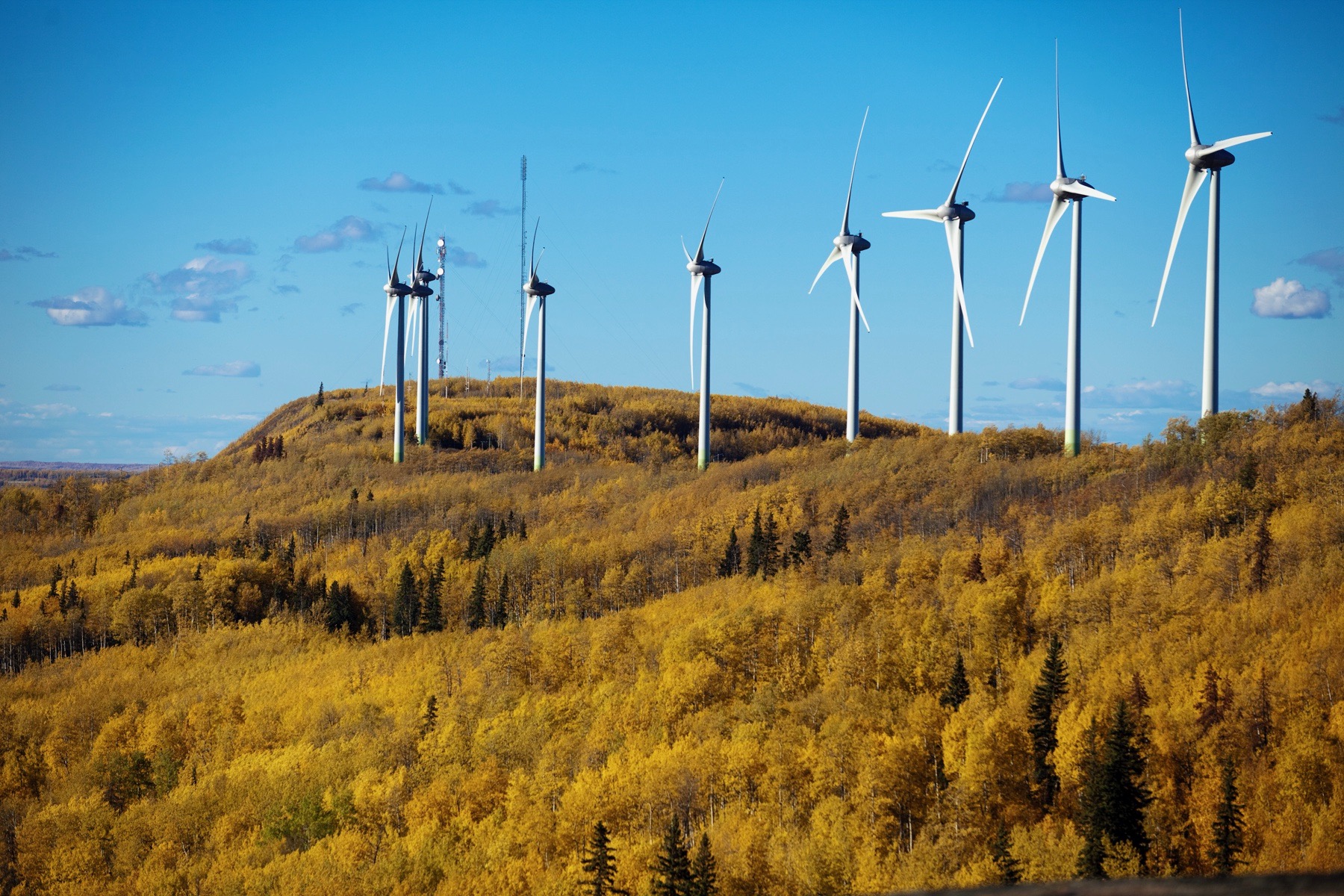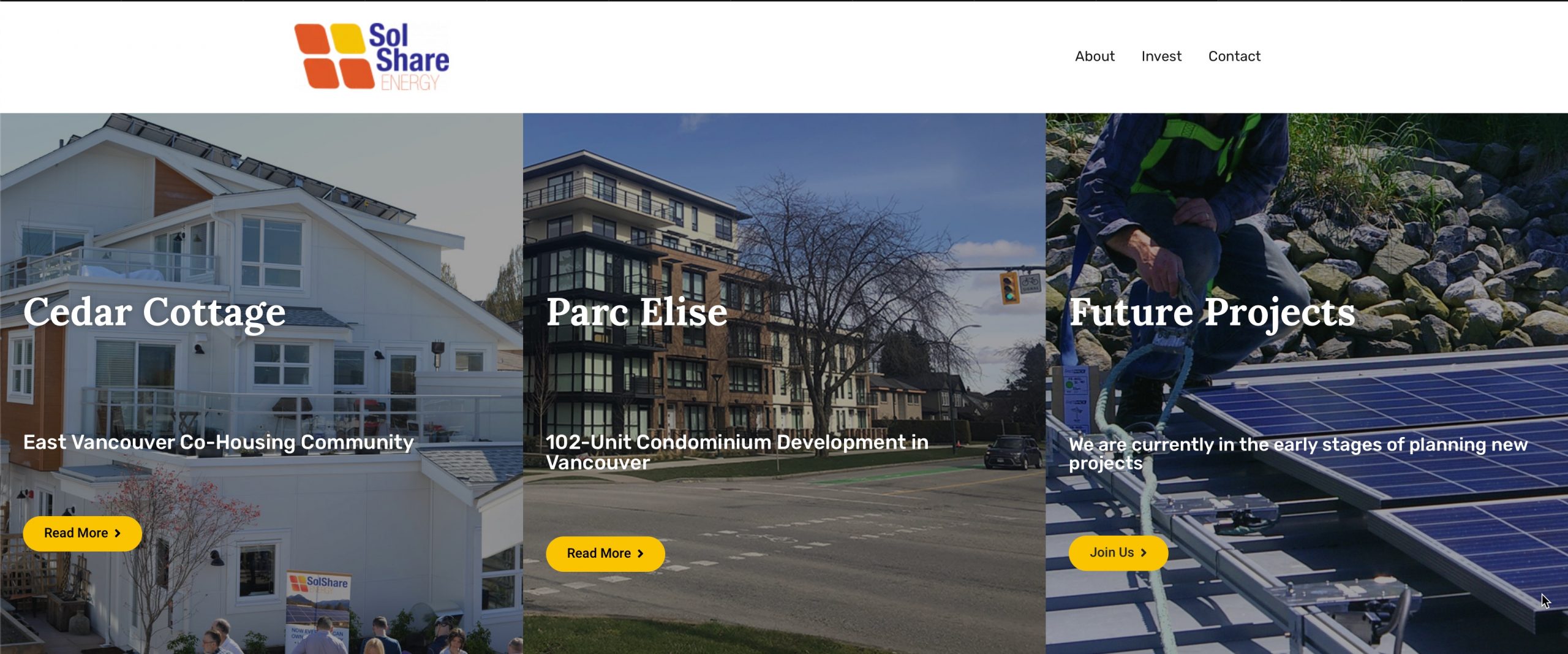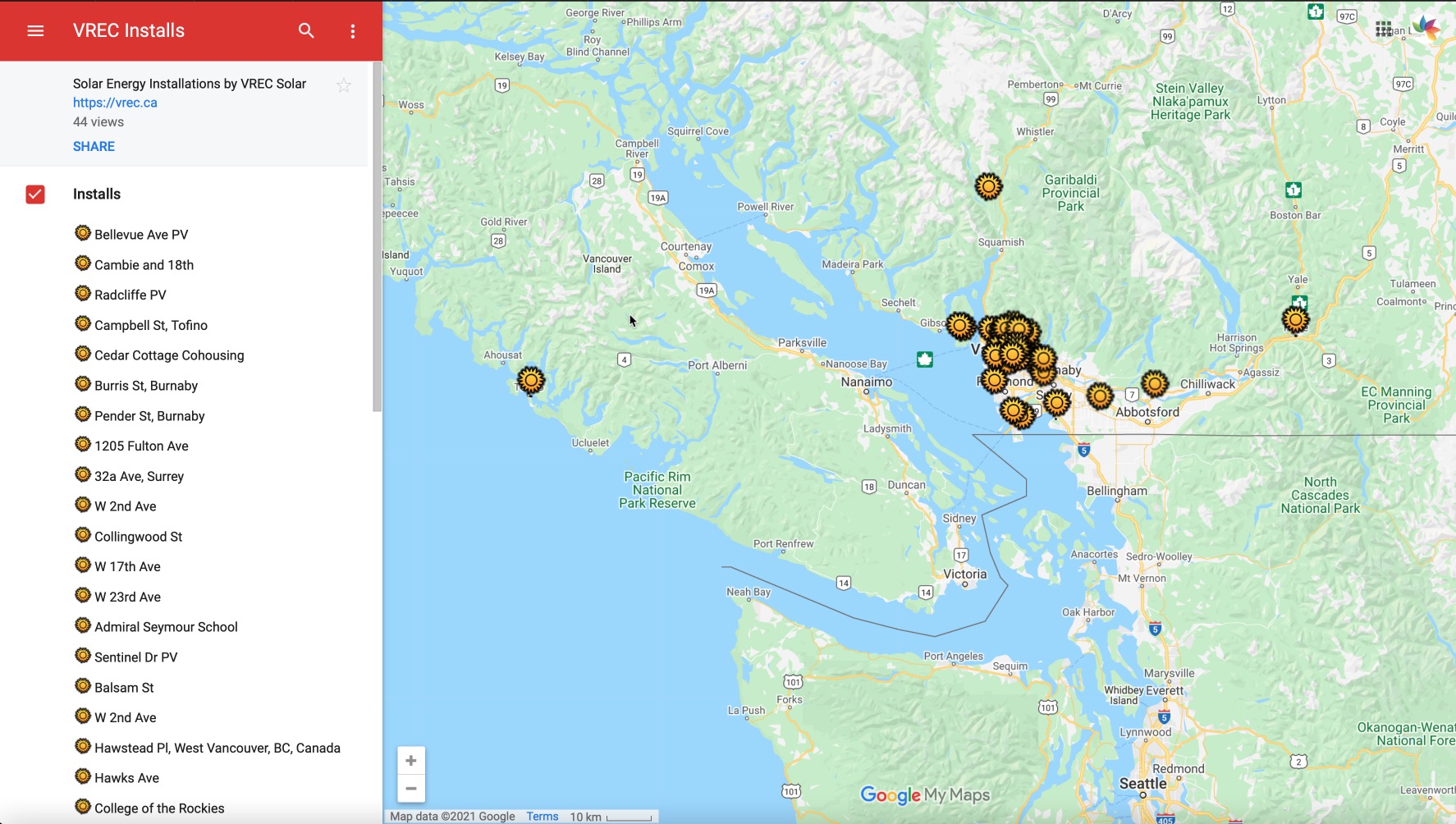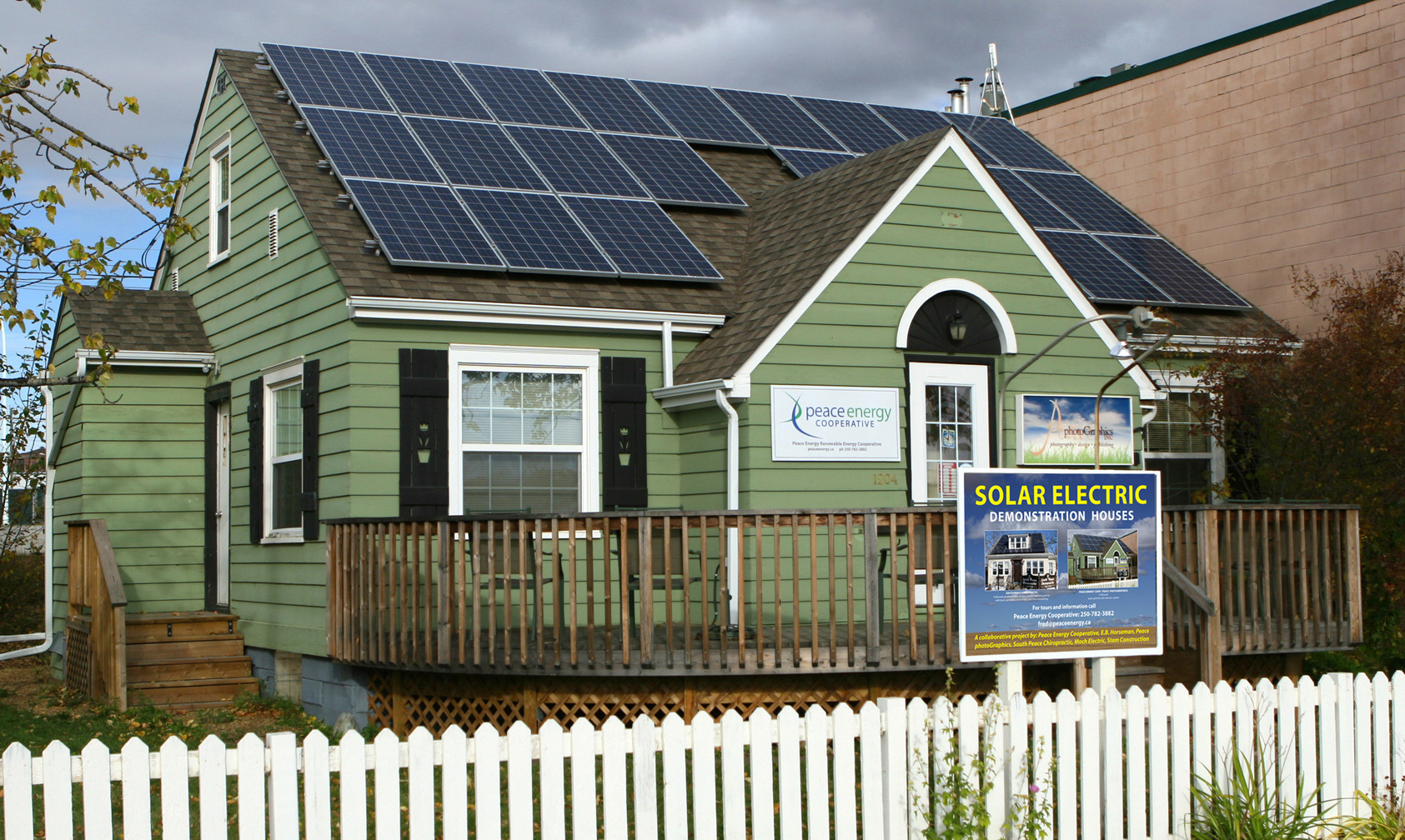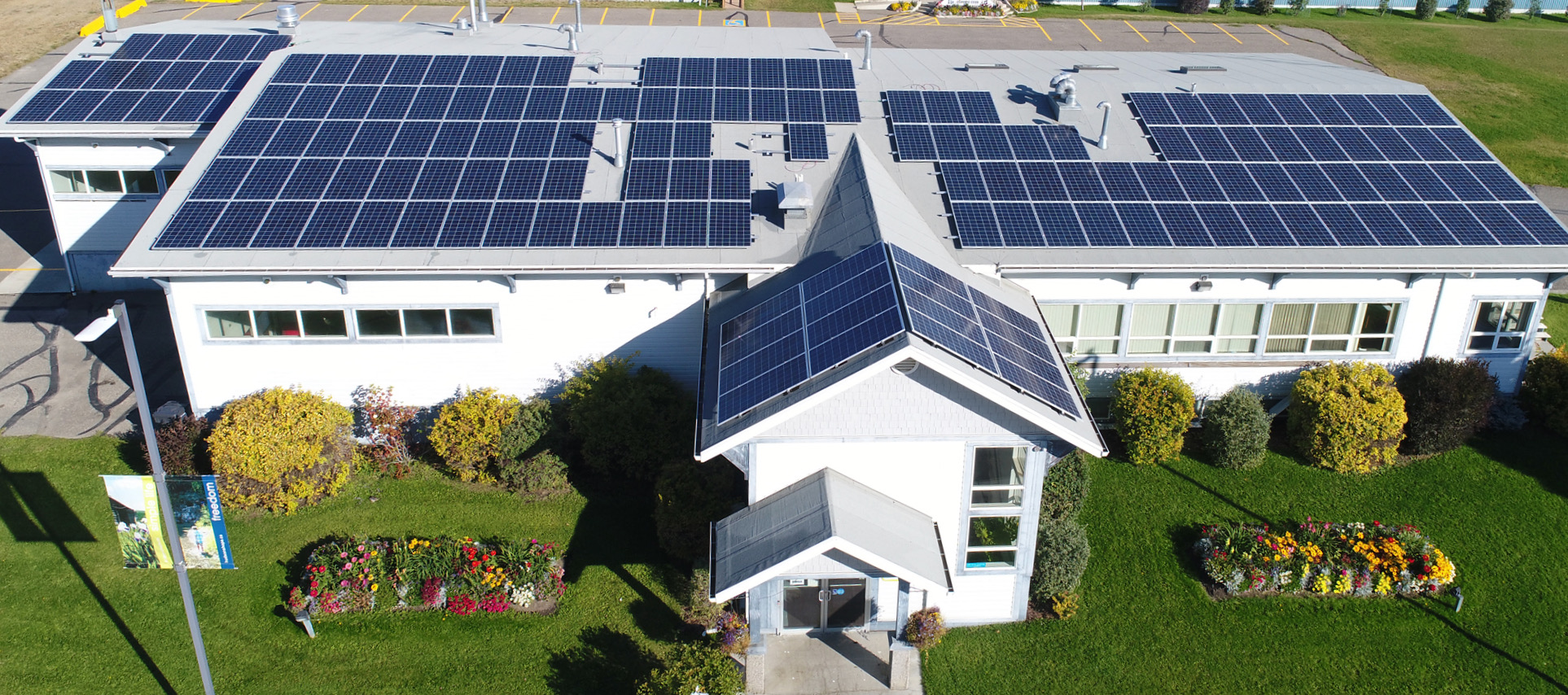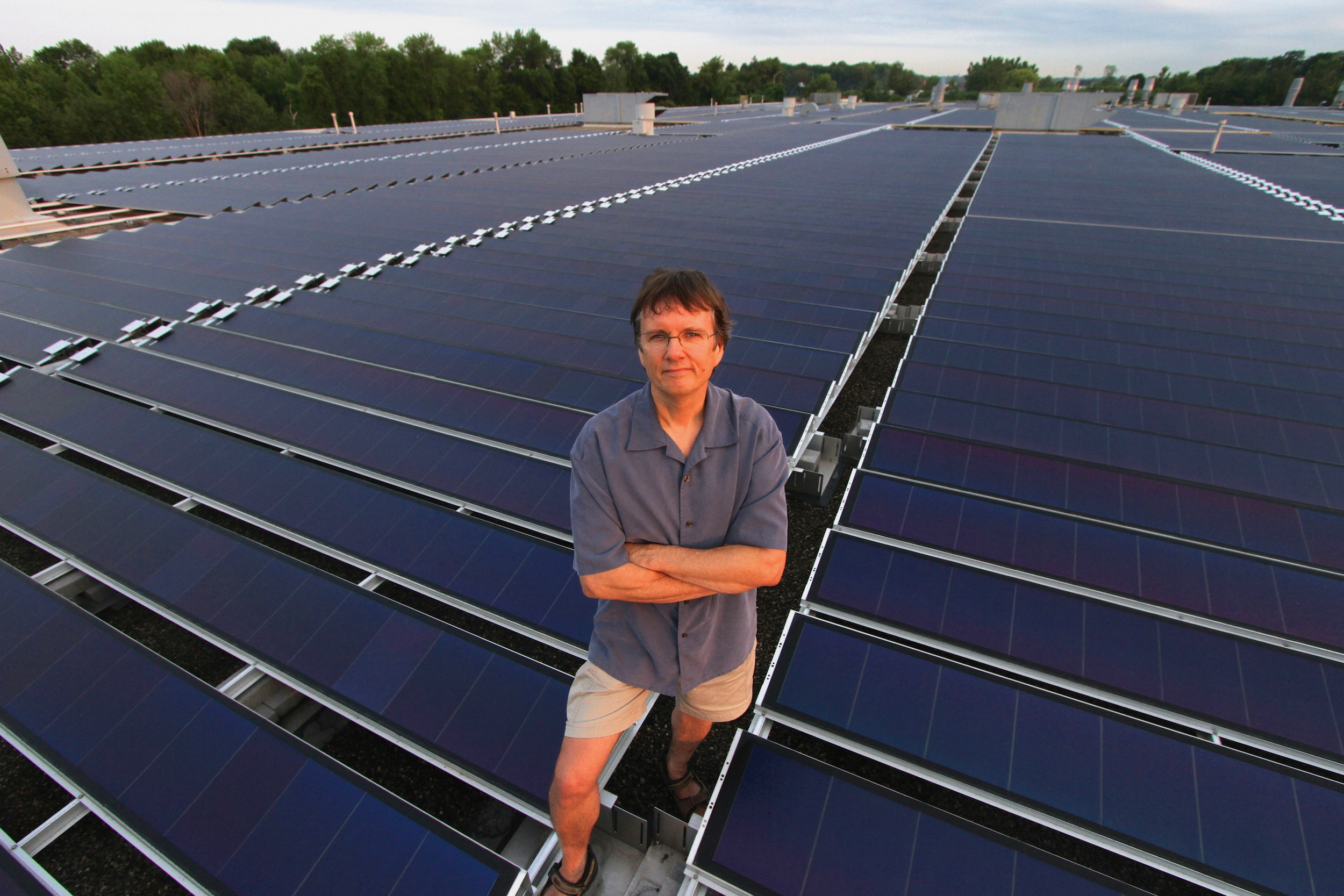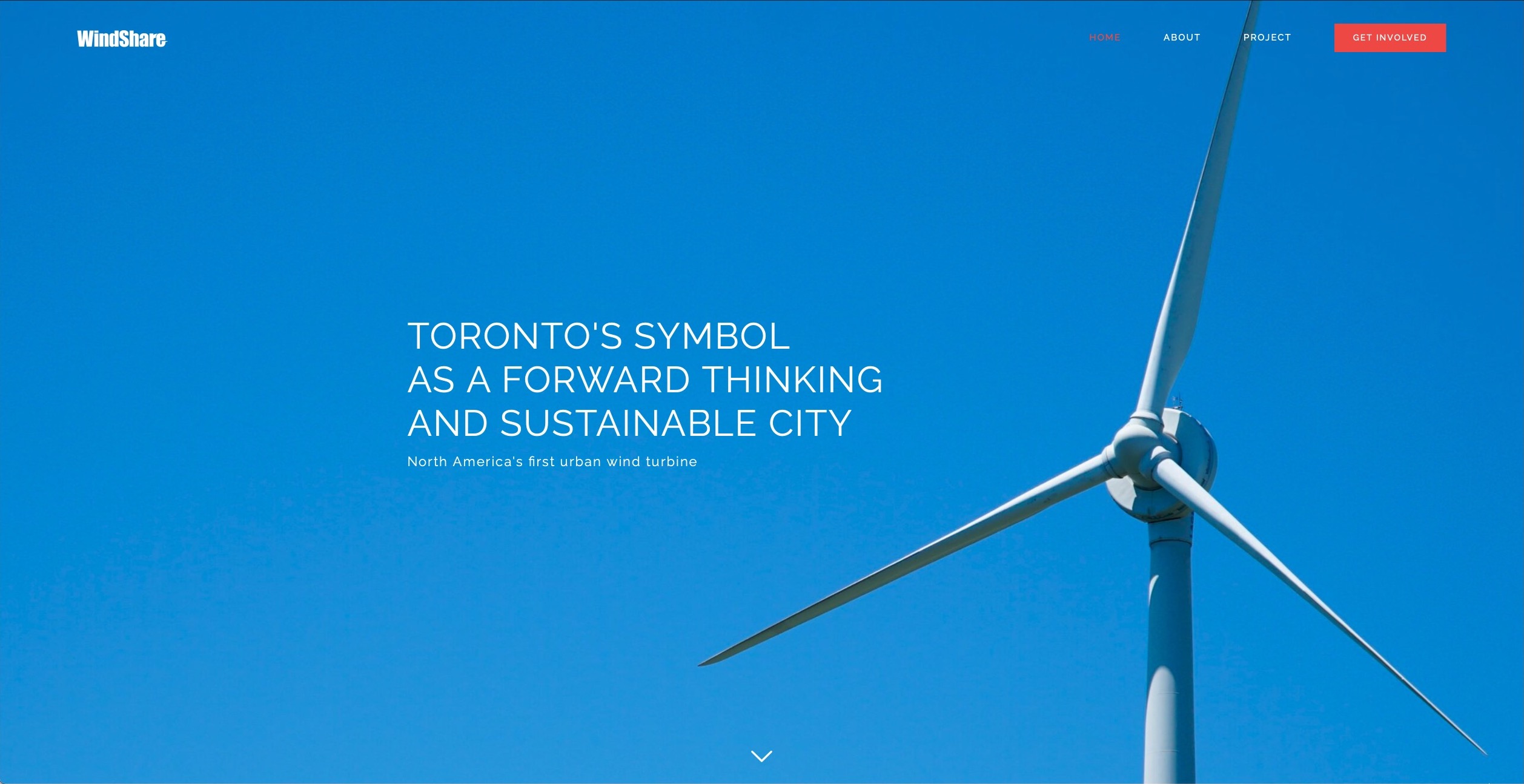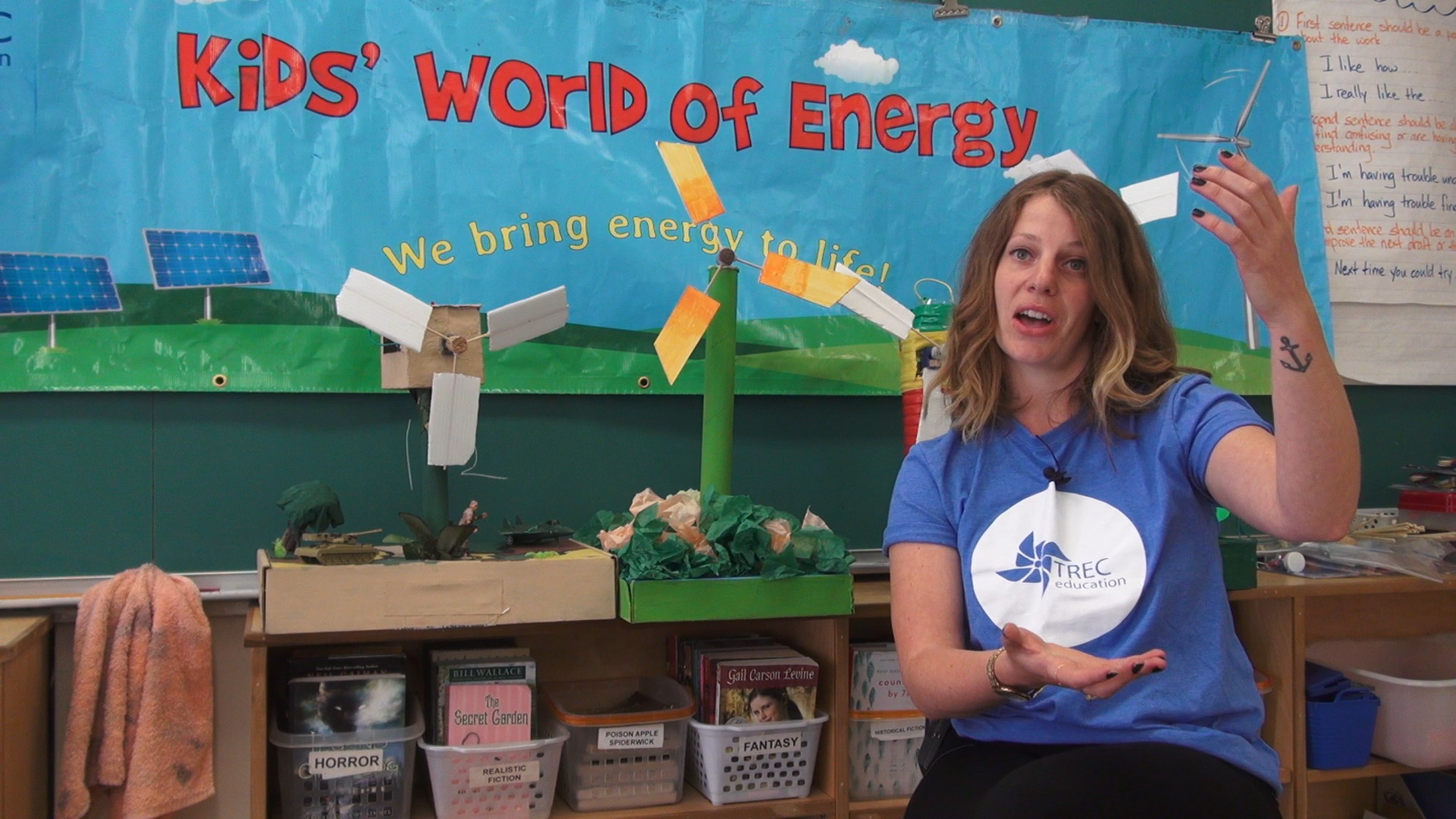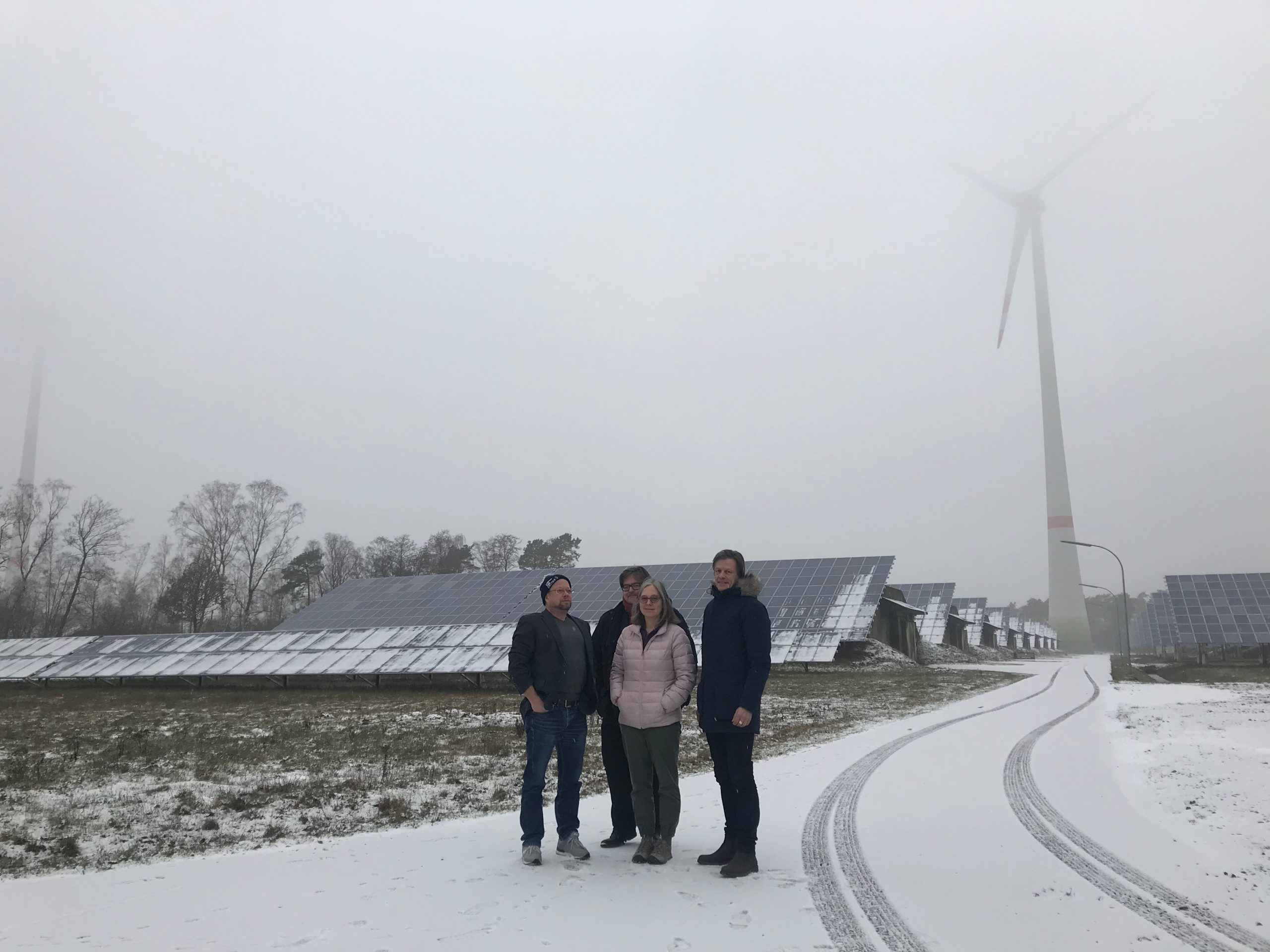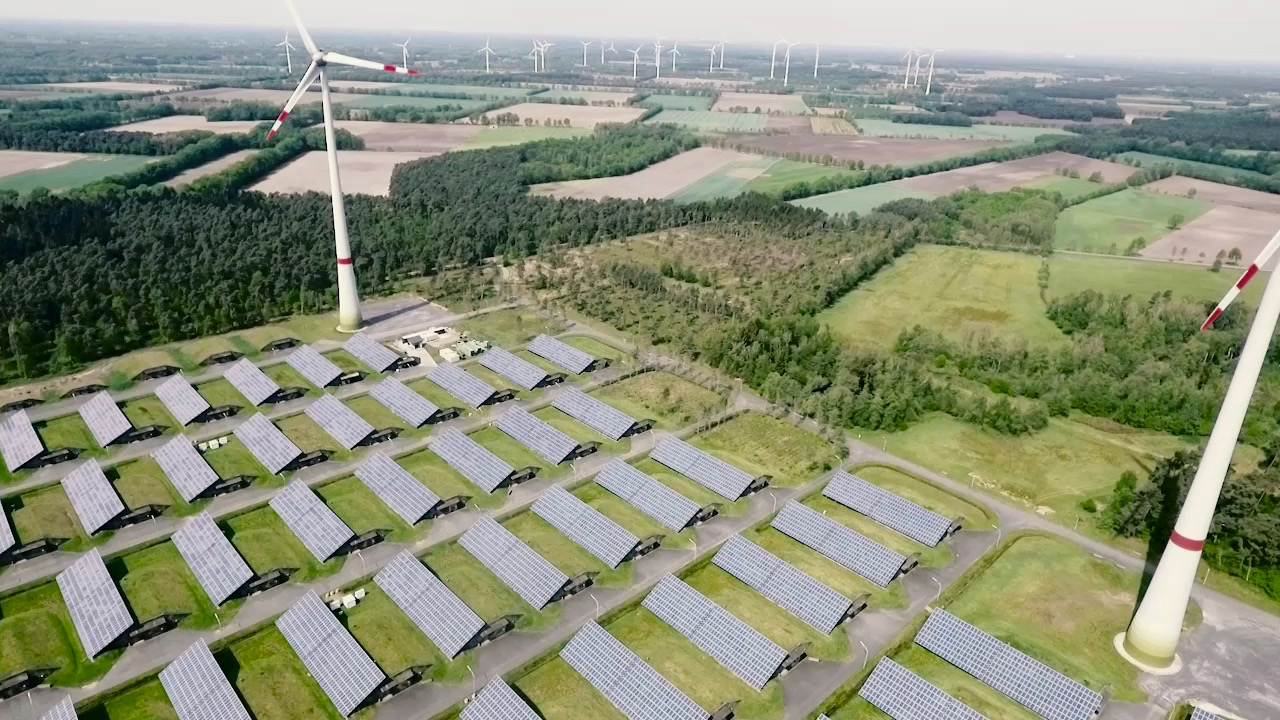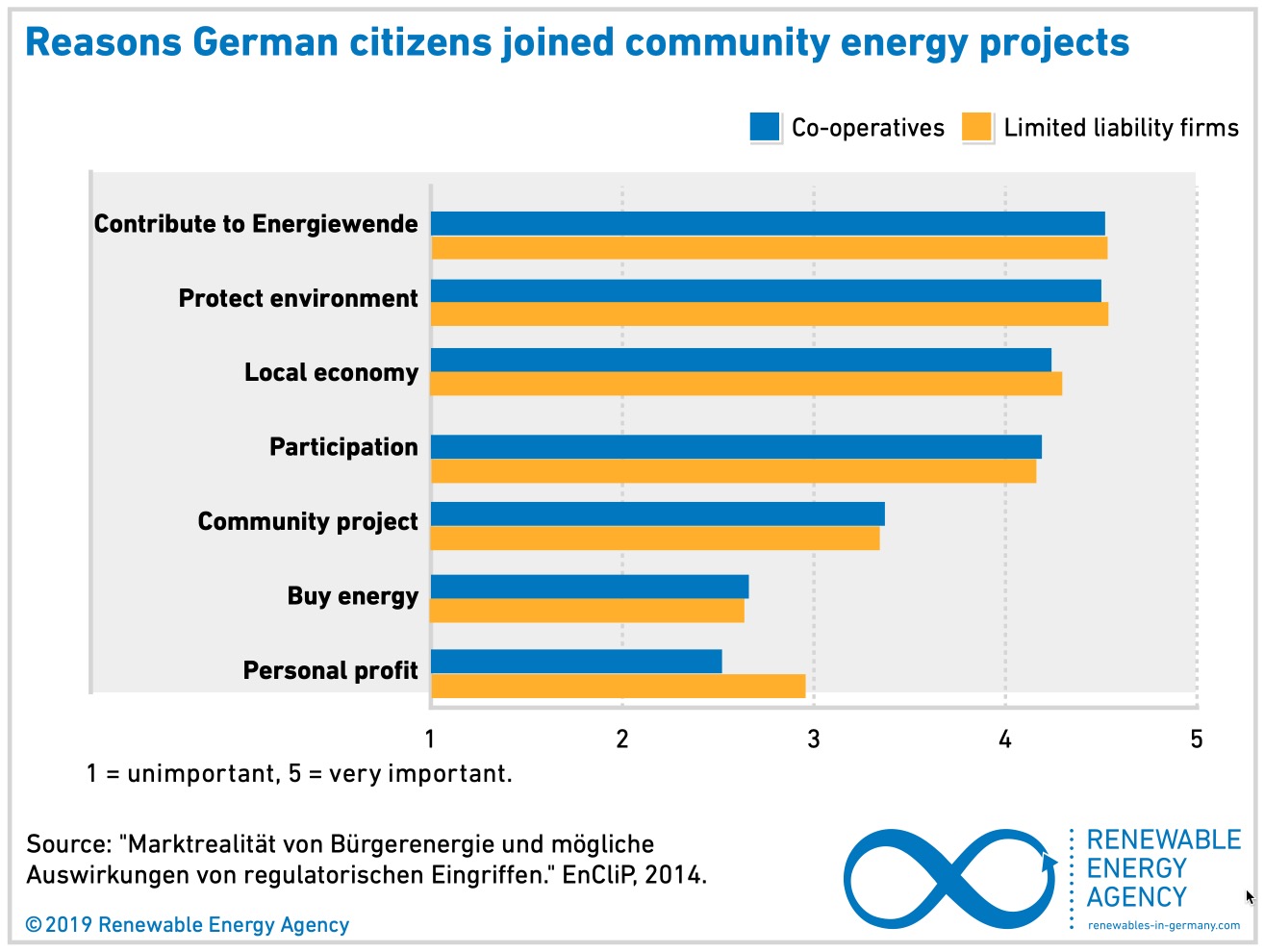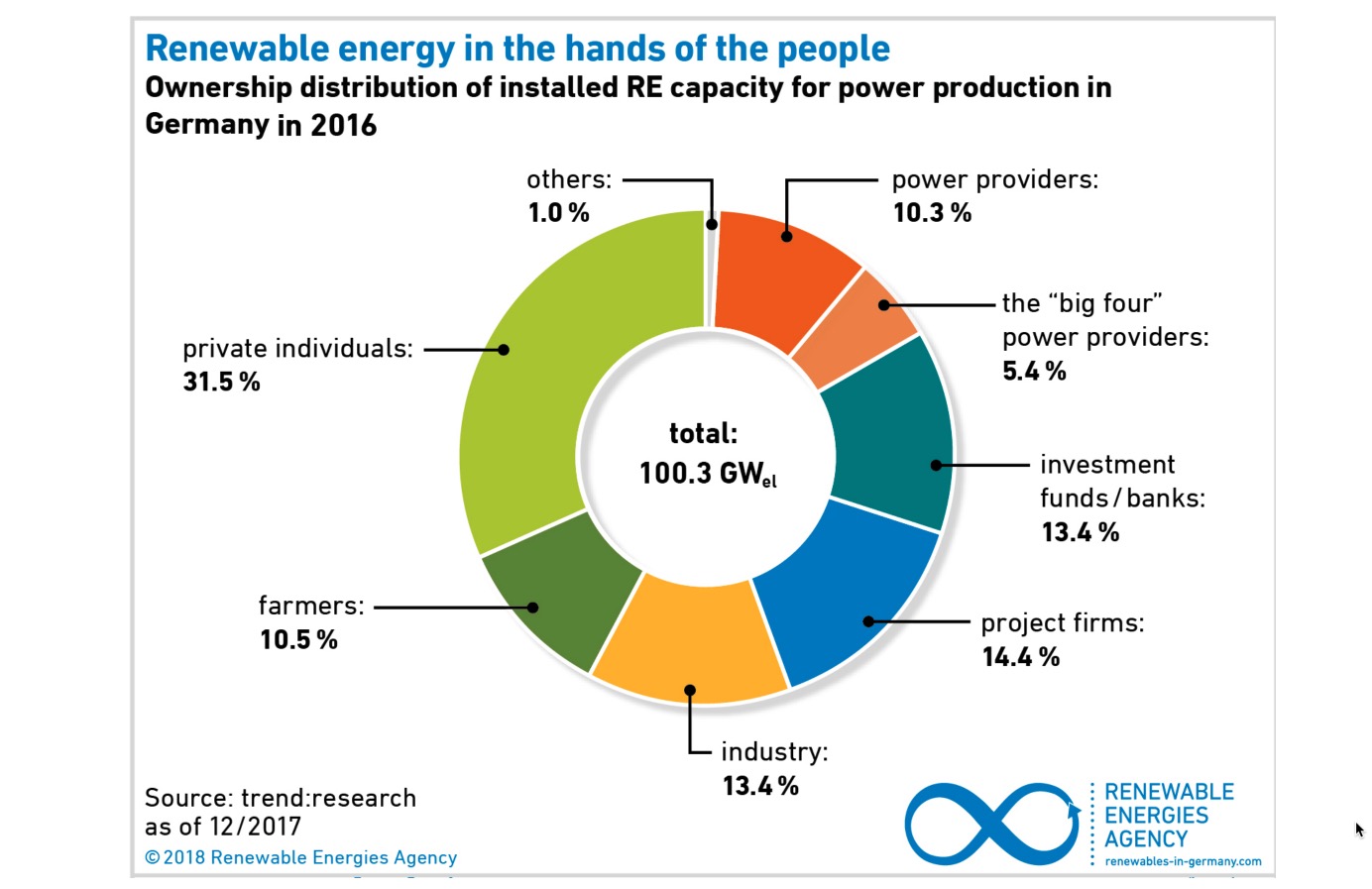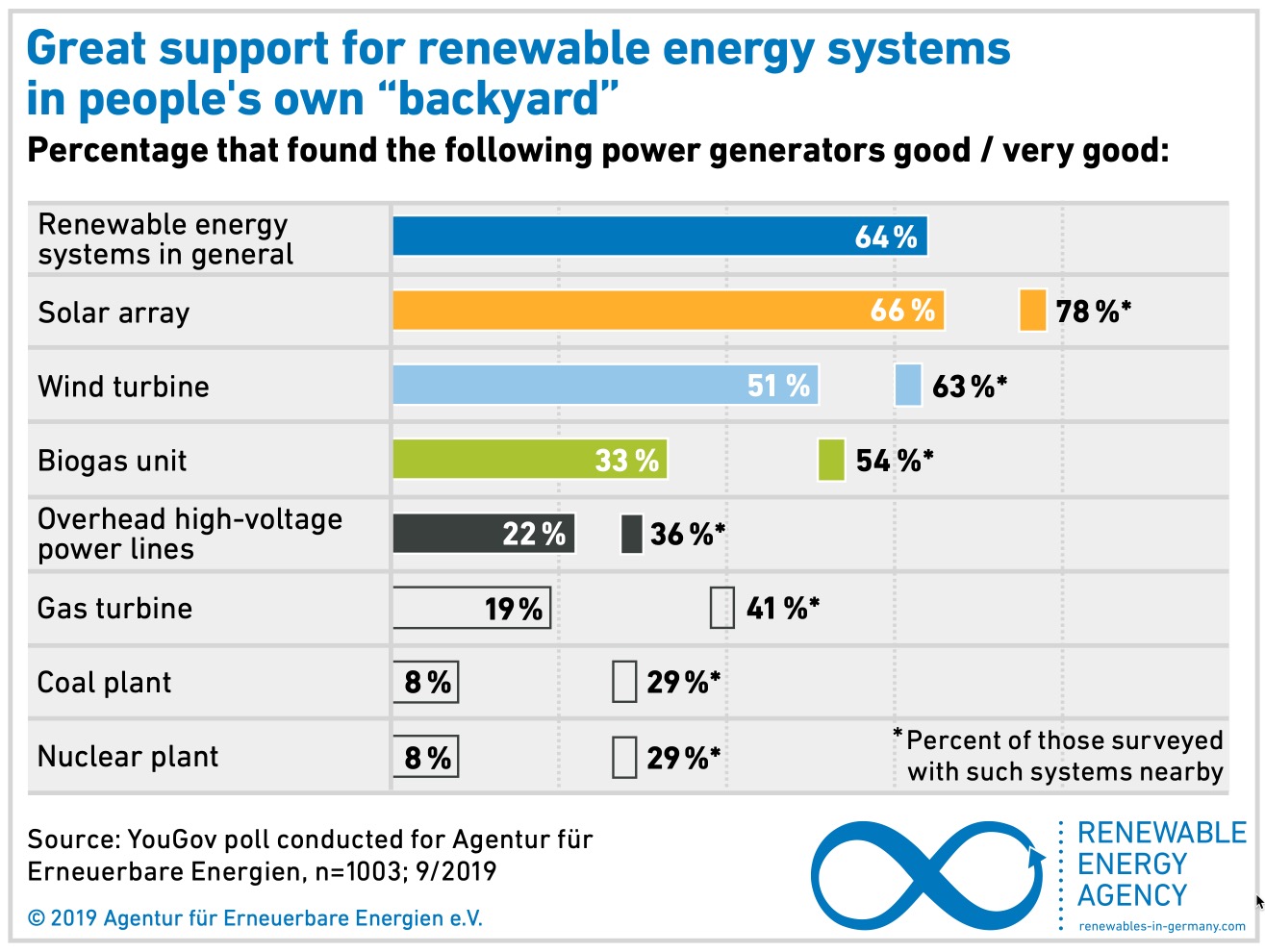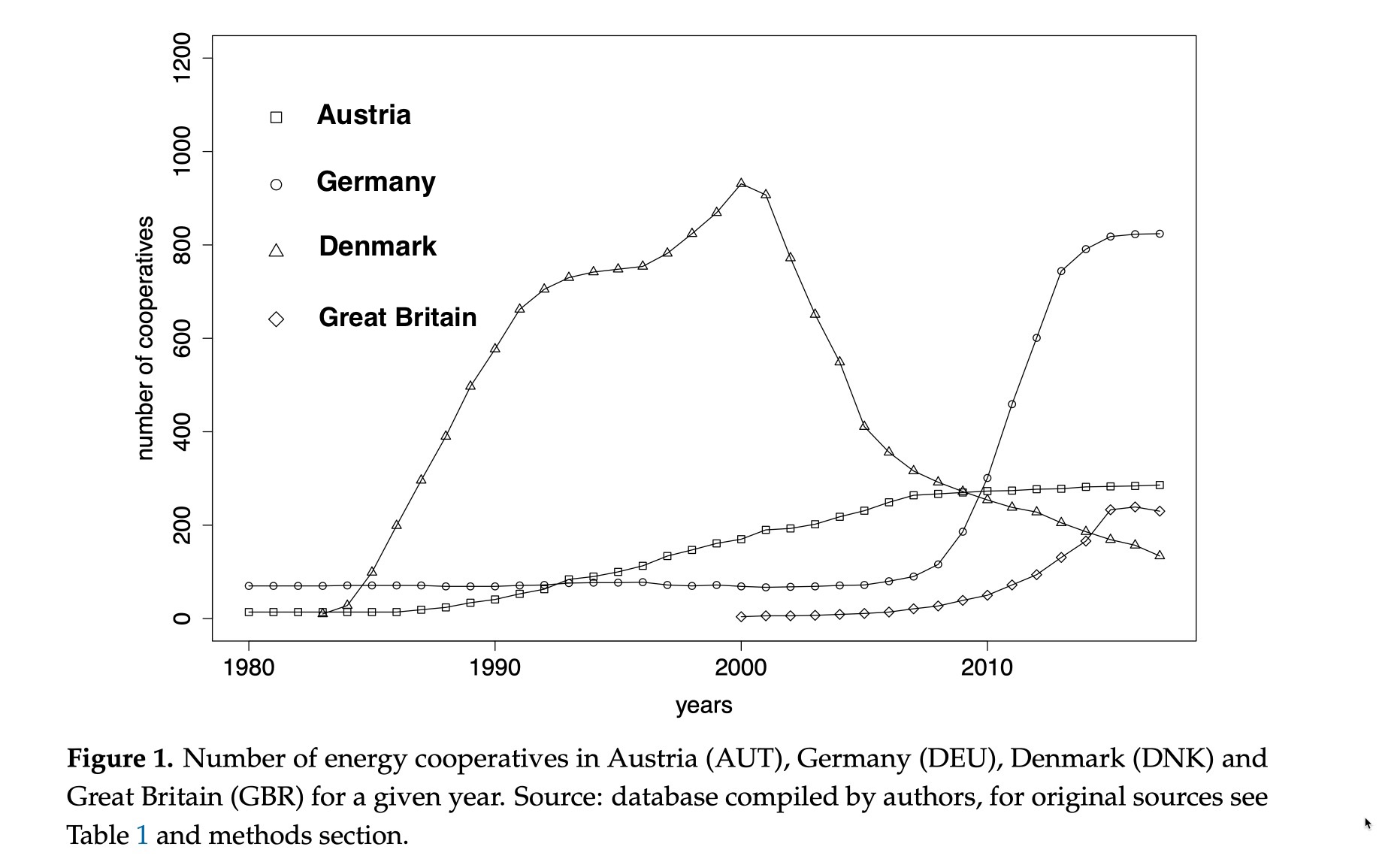By David Dodge
The idea of forming renewable energy coops has been held as an integral part of the great democratization of clean energy supplies.
Indeed citizens in Germany embraced the idea as part of their Energiewende or energy transition which embraced the “democratization” of energy. Germany supported the idea of cooperative community ownership with feed-in-tariffs paid to suppliers of renewable energy.
In 2016 80-90 % of Germans supported the idea and one in two Germans was considering investing in community projects.
This led to the establishment of more than 1,000 renewable energy cooperatives in Germany. This effort slowed down in 2014 when the Renewable Energy Sources Act was passed switching to more of a market-based pricing system which was further altered in 2019 with the addition of an auction system.
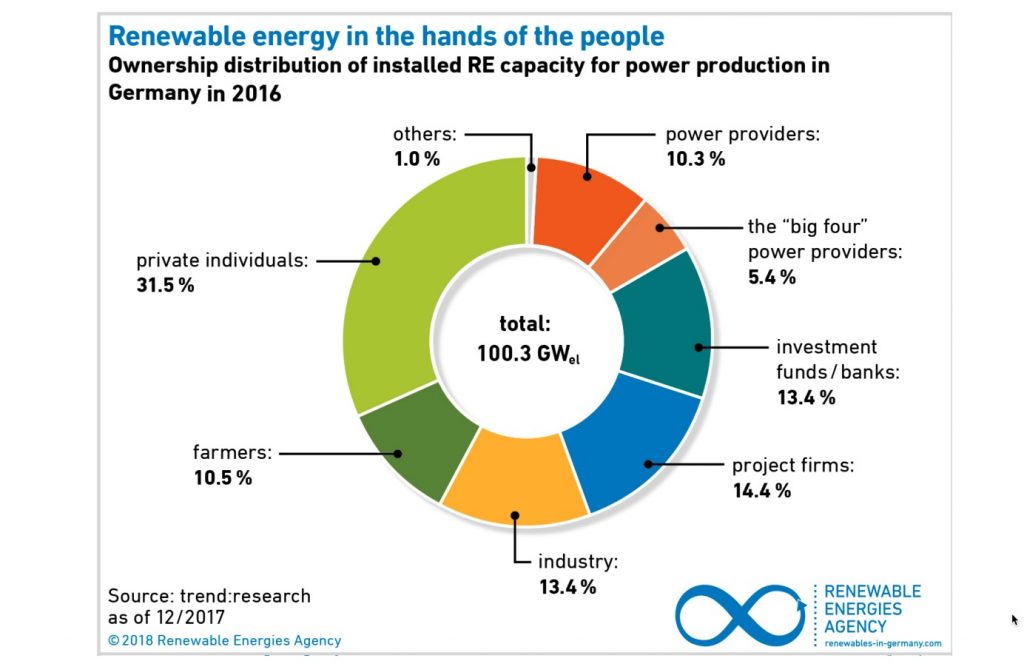
Still, the effort netted Germany 100 gigawatts of renewable energy by 2018 of which 42 % is owned by farmers and citizens.
In Denmark the number of renewable energy cooperatives peaked in the year 2000. By 2017 there were 6,214 wind turbines installed in Denmark with co-operatives owning about 40 % of the turbines. More than 150,000 households participated in wind power cooperatives in Denmark.
It’s more complicated than this, but Denmark also phased out feed-in-tariffs by 2004, making the market less favourable for co-ops.
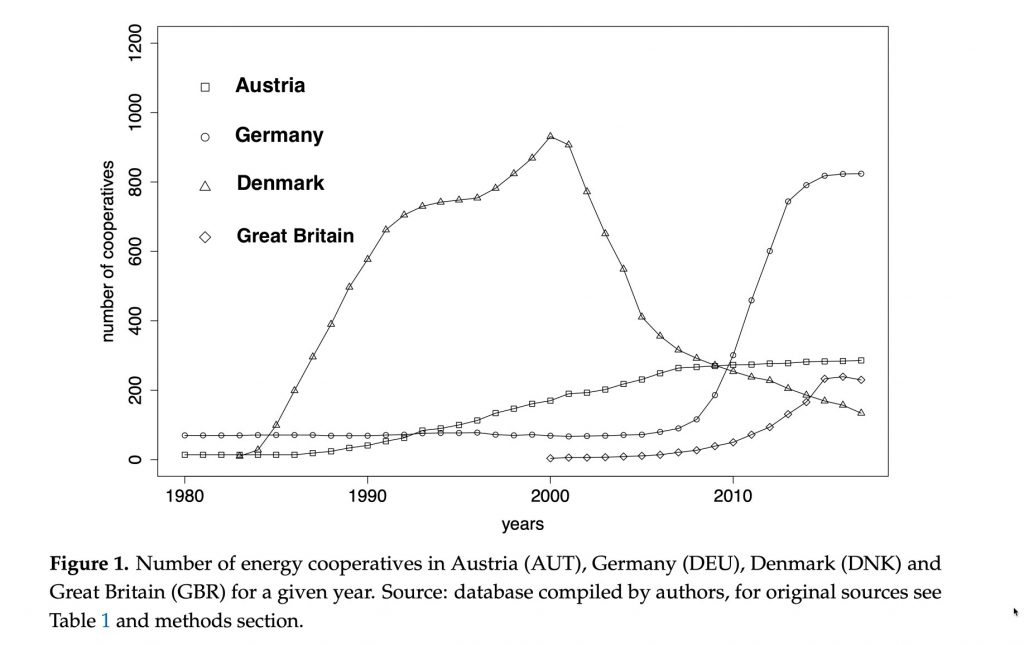
One of the big benefits of this approach is not only to spread ownership around the country, it also generated significant support for renewable energy and energy transition in the countries that embraced co-operative ownership.
Co-operatives in Canada
Canadian farmers have a long history in developing cooperatives to build elevators and even to purchase energy. The United Farmers of Alberta even formed government in that province from 1921 to 1935. The farmers even banded together in the 1940s in Alberta to form Rural Electrification Associations to bring electricity to rural Alberta. Equs is an example of one still operating to this day.
Supporters of renewable energy in Canada also like the idea of community ownership. Nova Scotia ran a community energy feed-in-tariff program and between 2011 and 2016 entered into more than 100 community partnerships creating about 150 megawatts of community owned power.
The idea is still supported by many Canadians, but government policy and institutional support for the concept has been weak at best.
During the hey-day of Ontario’s green energy revolution feed-in-tariffs supported green energy and a number of co-operatives started up. SolarShare is the Toronto-based poster child of cooperatives. which has built $60 million worth of projects and pays an annual return of 4 % to its 1,900 investors.
This was supported by the tariffs put in place by the Green Energy Act of 2009. But over time Ontario was criticized for paying quite high feed-in-tariff rates and the Green Energy Act was repealed in 2019.
Still the idea of renewable energy coops is coveted by many, and perhaps the Vancouver Renewable Energy Co-operative (VREC) is more typical of how the development of a coop goes without the support of policies such as feed-in-tariffs.
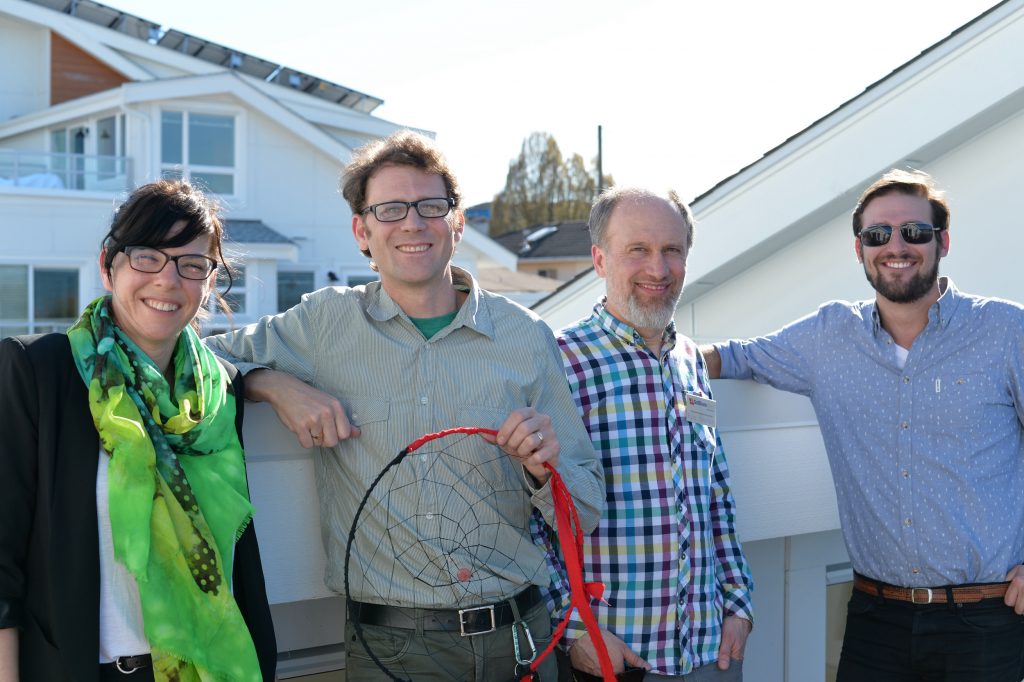
SolShare and the Vancouver Renewable Energy Co-operative
“We [VREC] started back in 2004. So, I guess it’s almost 17 years now that we’ve been operating and we’re an employee-owned business,” says Rob Baxter who helped found the co-operative.
In the beginning the co-operative was born out of an interest in learning more about solar energy and learning how to install systems.
The founders were motivated by the British Columbia (B.C.) government that started talking about building gas power plants at the time in a province that gets 94 % of its electricity from renewable energy including: 86 % hydro, 2 % wind, and 6 % biomass.
“I thought that was sort of a crazy idea that given our climate change situation, that we were going to be burning more fossil fuels to generate electricity,” says Baxter.
The VREC co-operative is a business that operates to this day marketing and installing solar systems in around B.C.
Their dream of starting a co-operative that owns and operates it’s own solar systems had to wait until B.C. started a net-metering program. Nope, no feed-in-tariffs here and the market is already dominated by B.C. Hydro a monopoly that operates and focuses on mostly large hydro projects.
This is ironically unlike Alberta where there is a solar and wind boom going on due to the provinces deregulated market. B.C.’s approach is a lot less friendly to solar and wind developments.
Eventually the VREC folks started a new co-operative and called it SolShare. This was not long after SolarShare started in Ontario.
SolShare has 32 member investors who each invested a minimum of $2,000 in round one of investments and a $1,000 minimum in round two.
Renewable Energy Co-operatives Gallery
SolShare started with a dividend rate of 3.5 % and has since increased it to 4 % per year. Most investors want some return on their investment, but a significant number also simply want to support and encourage more renewable energy development, says Baxter.
The idea is to make solar available to people who don’t own homes or don’t have homes that can support a solar system.
So far SolShare has built two projects: 1) Cedar Cottage Co-housing, an apartment building with 23 a kilowatt solar system and 2) Parc Elise an apartment building with room for a 28-kilowatt system.
The lack of ability to sell solar electricity to the grid and make a good return in B.C. has forced SolShare to be innovative. They sign power purchase agreements with building owners who purchase the solar electricity in long term contracts and in return SolShare installs and operate the system on the owner’s building. This can also help building owners meet emissions requirements imposed by regulations.
SolShare is working on another 130-kilowatt project on an industrial manufacturing facility and a couple of 40 to 50-kilowatt systems on wineries in the interior of B.C.
If anything, SolShare demonstrates that even without support, it can be done, but it does require significant commitment and investment of time.
Green Energy Futures previous stories on The Peace Energy Cooperative based in Dawson Creek, British Columbia.
Green Energy Futures updates story on SolarShare, the very successful Ontario solar co-operative.
The Peace Energy Cooperative in Dawson Creek was successful in a very different way starting in 2003. They managed to secure a lease on Bear Mountain and working with industry partners they developed the 102-megawatt Bear Mountain Wind Farm overlooking the beautiful City of Dawson Creek. This was the first large commercial wind project in B.C.
Since then, the co-op has become known as the local solar experts installing more than one million watts of solar in the Peace River region of British Columbia and Alberta. They do a great deal of public education, run webinars and even helped the community of Hudson Hope install solar on many of its municipal buildings in the region.
This co-op is also presently working on a co-operatively owned solar project near Peace River, Alberta. They were counting on a grant from the Municipal Community Generation Challenge program run by Alberta Innovates in Alberta. After failing to secure the grant, members are now evaluating whether they can raise the capital and build and operate the solar farm on their own.
The Toronto Renewable Energy Coop was founded in 1998 and is now known simply as TREC. The organization started a significant education program now called Relay and started WindShare a co-op that built the first large urban wind turbine in North America at Exhibition Place in the heart of Toronto on the waterfront. TREC also helped get SolarShare off the ground. They now help support the development of co-ops through Tapestry Community Capital, a non-profit co-op that supports co-ops raising and management community investment.
TREC says about 7,000 Ontarians have invested in renewable energy co-ops. And that there is 1,000 megawatts of renewable energy in Ontario with “some form of community ownership and participation.”
TREC’s renewable energy education programs are very successful and have been spun off and rebranded as Relay. They offer hands-on educational programming on renewable energy, conservation, climate change and green careers for schools and others.
Advocates love the idea of renewable energy cooperatives and the often cite many benefits such as community ownership and engagement, a commitment to education, and environmental benefits and local jobs.
But the road is hard in Canada. Most of Canada’s renewable energy co-operatives have started up in Ontario thanks to feed-in-tariff programs. It’s actually pretty simple to support and unleash the potential of renewable energy cooperatives:
- Provide access to the market with fair pricing;
- Provide access to start-up financing;
- Provide feed-in-tariffs to community energy projects.
These are the suggestions of TREC in a report entitled Accelerating Renewable Energy Co-operatives in Canada.
It seems pretty clear a few basic policy supports could unleash the potential of renewable energy co-operatives in Canada, and go a long way to tackling climate change. But for now it is a space occupied by a mostly super committed band of advocates of renewable energy and co-operatives.
